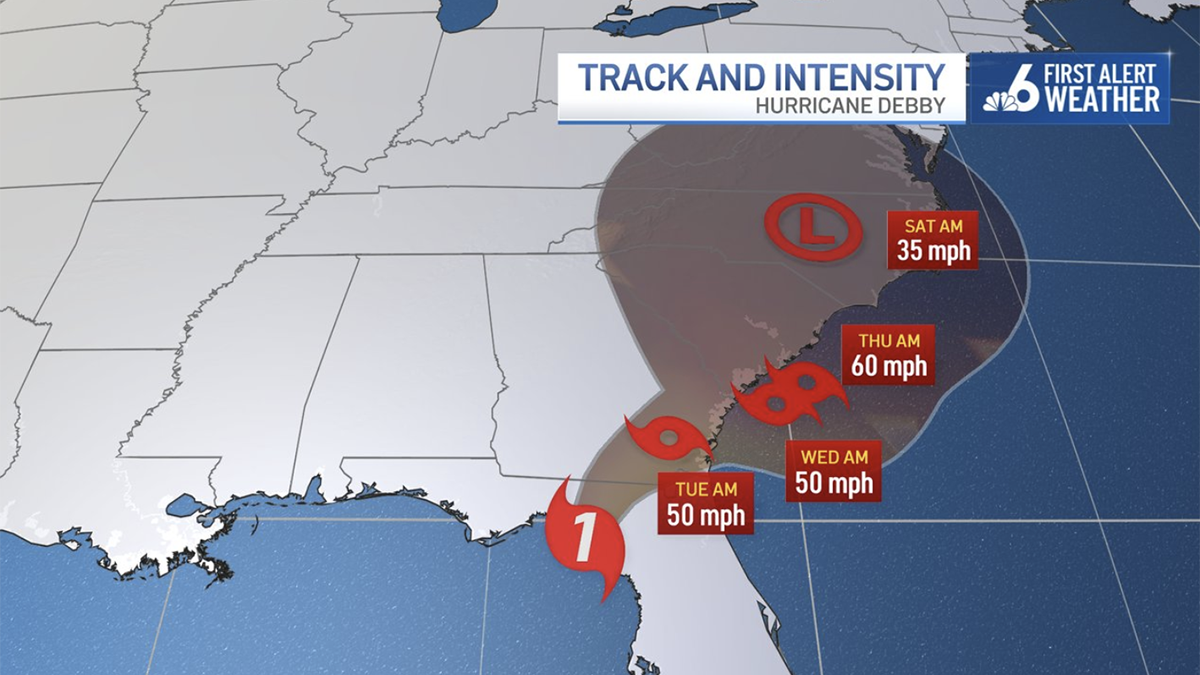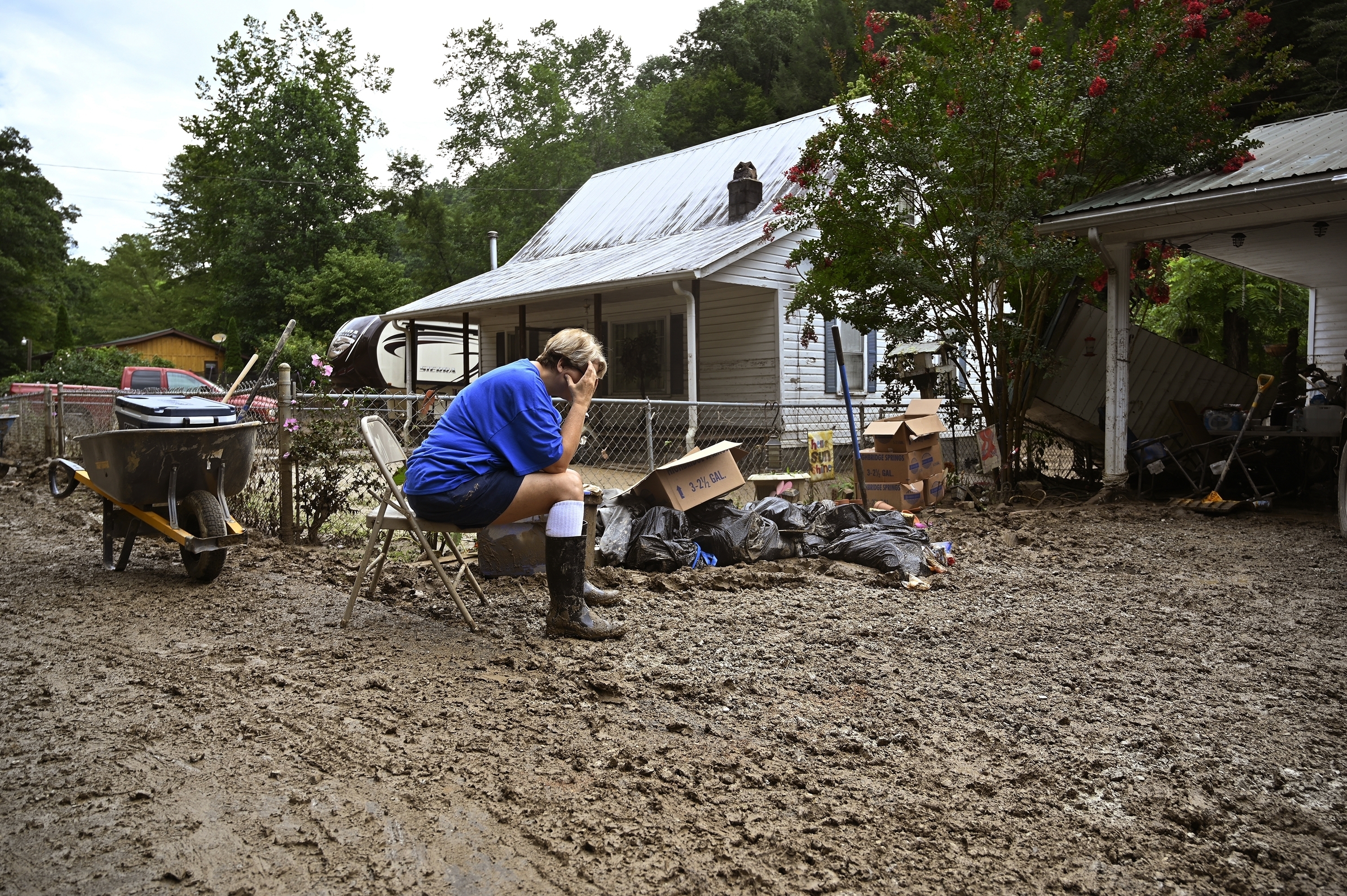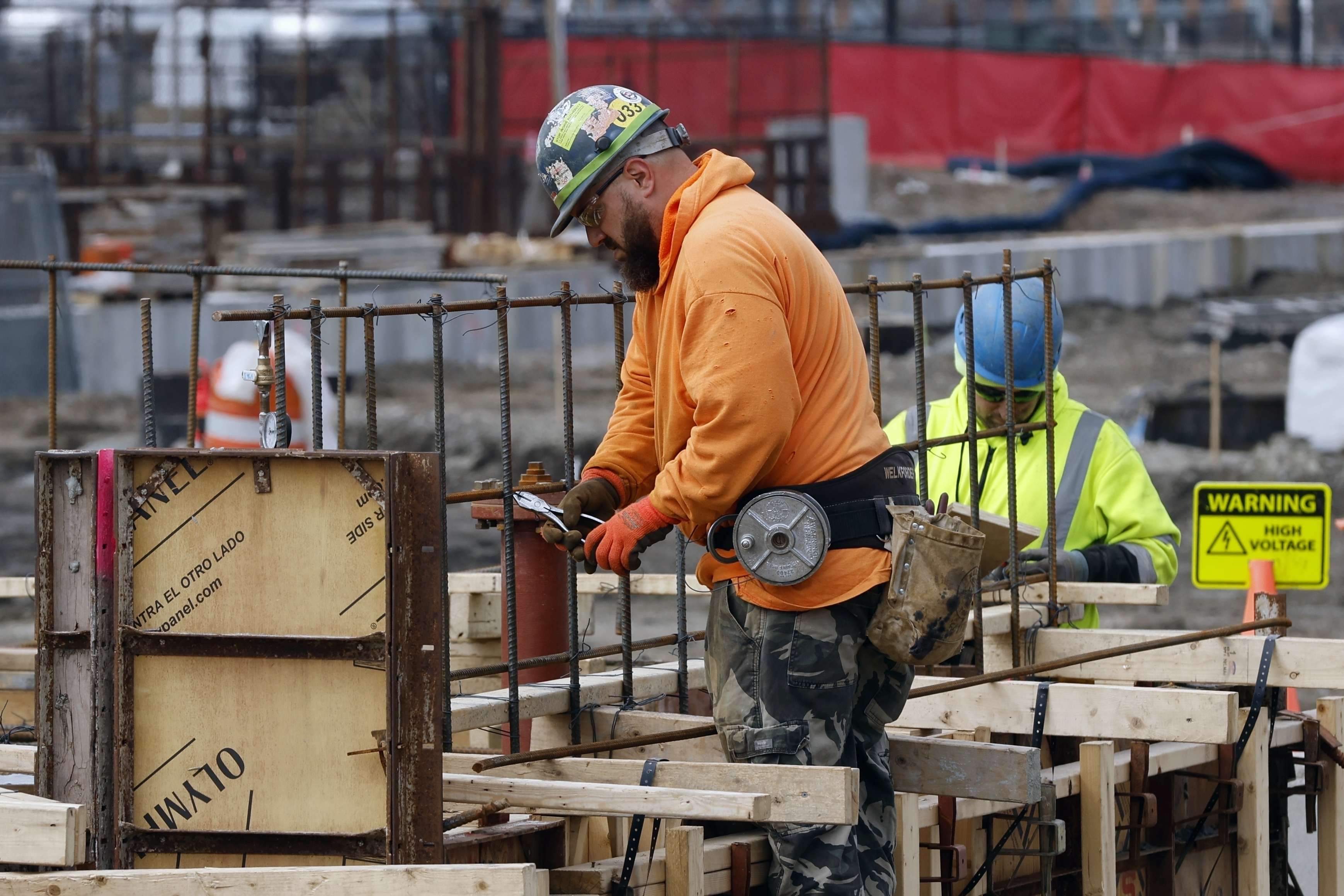The Bay Area is playing a key role in predicting the behavior of Hurricane Debby. Ginger Conejero Saab reports.
The Bay Area is playing a key role in predicting the behavior of Hurricane Debby.
Researchers hope to help scientists and the public better understand these storms with the goal of saving lives. They are working with a cutting edge tool called a Saildrone, which is 23 feet long and packed with cameras and sensors.
Saildrone has been changing how scientists track the intensification of hurricanes and storms in changing climate patterns.
In 2021, Saildrone was deployed in the middle of Hurricane Sam, which packed winds of over 100 miles per hour.
Saildrone's drones can also withstand 50 foot waves as it navigates being out in the water in the eye of the storm. It sends data back in real time: things like wind speed, wave height, and ocean temperatures to help scientists understand how hurricanes strengthen.
Mission control managers back in the Bay Area help figure out where Saildrone goes.
The drones can last up to a year at sea.
A drone deployed for Hurricane Debby will make its way back to St. Petersburg in Florida in November. Eleven other drones will deploy this season into hurricane zones in Florida, the Virgin Islands, and North Carolina.
Mission managers in the Bay Area and their partners at the National Oceanic and Atmospheric Administration will be redirecting the drones to chase storms.
Get a weekly recap of the latest San Francisco Bay Area housing news. Sign up for NBC Bay Area’s Housing Deconstructed newsletter.
Meanwhile, Gov. Gavin Newsom announced the deployment of 10 specialists from California's Urban Search and Rescue Task Forces' incident support team to help staffing a FEMA team.




